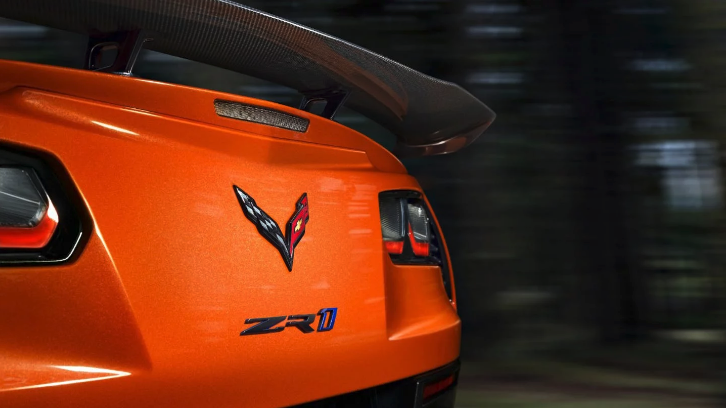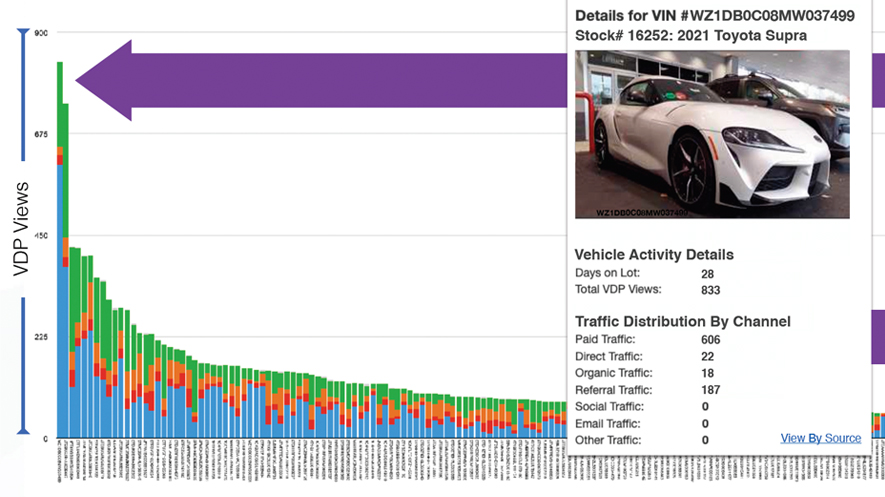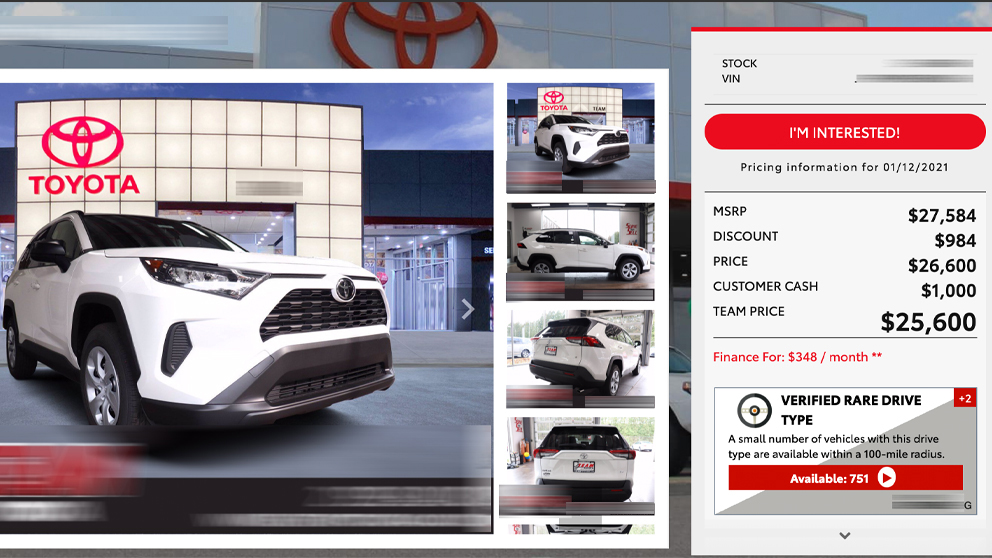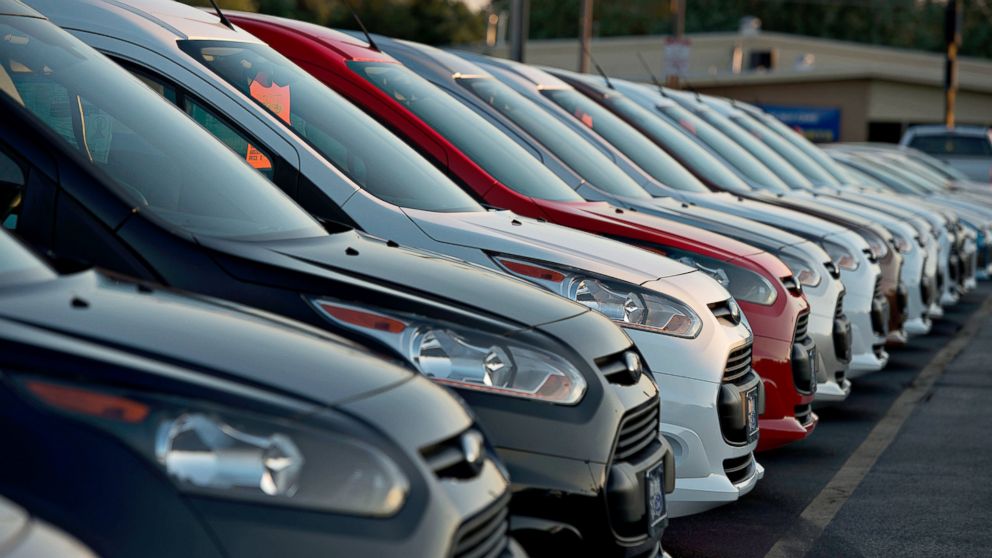Dealers – Are You Advertising Click Candy?
Find out which vehicles are eating your VIN-level inventory marketing budgets.
What is Click Candy?
Most people love candy. There’s only one problem, it’s not healthy. Another thing people love is a $100,000+ Ford Mustang Shelby Super Snake with 800 horsepower. Again, only one problem. Most of us will never be fortunate enough own one. Auto marketers should be aware of the following: in the same way that candy is bad for your health, “Click Candy” vehicles are bad for your pay-for-performance VIN-level advertising campaigns.
Click Candy vehicles are high-end performance and luxury models that draw attention from Auto Enthusiasts.
Auto Enthusiasts are people who simply love cars. They like to keep up with the latest industry news and trends, read reviews, and browse listings. Enthusiasts see cars first and foremost as an interest or a hobby. They cannot resist Click Candy.
Auto Intenders are in-market buyers actively researching cars for the purpose of buying one. Intenders typically start their car buying cycle by reading reviews. This allows them to narrow down their choices and become more informed before visiting a dealership.
As a dealership looking to sell more cars, which group would you rather target?
The Problem with Click Candy
As previously mentioned, Click Candy vehicles attract attention from Auto Enthusiasts. When an enthusiast spots an interesting, high-end vehicle, they are inclined to click on it. They may even end up on the Vehicle Details Page and browse through additional photos of the vehicle. However, the probability that they will take any further action, beyond viewing the car online, is low. This is based on the affordability constraints inherent to high-end performance and luxury vehicles.
Click Candy vehicles do two things to your VIN-level advertising campaigns:
- They devour masses of clicks and sessions. This prevents vehicles that need views from getting the views and engagements they need to sell.
- They skew metrics like click-through-rate. This obscures the true performance of a campaign.
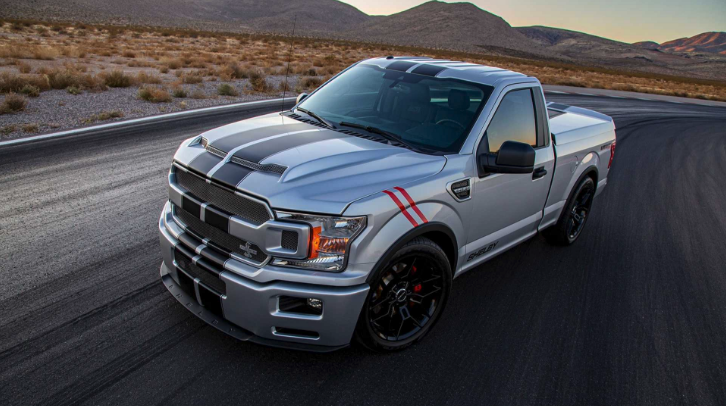
Click Candy ≠ Vehicles With the Most Clicks
A common misconception is that vehicles with the most clicks should automatically be considered as Click Candy. This is false. Although Click Candy can be the most clicked vehicles in your digital campaigns, this isn’t always the case. Take for example a brand new Mazda3 which is the most clicked vehicle in a particular inventory marketing campaign. This is a vehicle that’s often seen on the road because they’re affordable and fuel-efficient.
There’s nothing flashy about them, yet this particular Mazda3 generated the most clicks. This is because it was priced competitively to draw more attention to the vehicle, and it worked. It sold just a few days later. It’s actually beneficial to keep these competitively priced, everyday vehicles in your VIN-level advertising campaigns because they’re more likely to appeal to Auto Intenders.
How to Spot Click Candy?
In order to avoid advertising Click Candy, it’s imperative to be able to identify these vehicles. Here are a few examples that we found in our system:
- Chevrolet Corvette ZR1
- Chevrolet Camaro ZL1
- Dodge Hellcat models
- Ford Mustang Shelby models
- Nissan GT-R
- Ford F-series high-trim models
- Lincoln Navigator Black Label
- Acura NSX
- Jeep Grand Cherokee Trackhawk
- BMW 8 Series
- Toyota Supra
- Mercedes AMG GT
- And many more …
Almost any new performance vehicle with an MSRP on the extreme high-end of the price spectrum, relative to the OEM norm, can be considered Click Candy. For example, the average MSRP of a new Nissan is around $30,000. But a 2020 Nissan GT-R starts at $113,540. Based on the massive price discrepancy, we can consider this vehicle to be Click Candy.
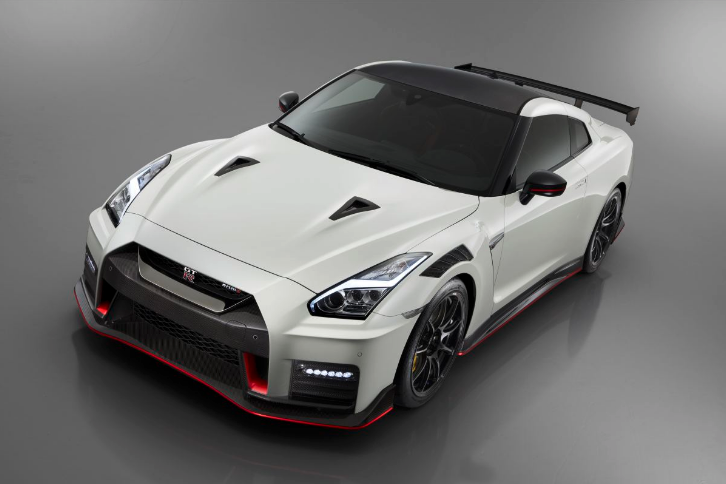

What to Do with Click Candy?
If you are a dealer, you are always trying to maximize the efficiency of your marketing dollars. If you are a performance marketer, you are constantly pushing campaign performance metrics. With these goals in mind, you should consider avoiding VIN-level advertising spend to Click Candy vehicles.
Identifying Click Candy vehicles is step one. Once you do this, you can build a strategy to prevent these vehicles from hogging campaign clicks/sessions. If you run cost-per-performance VIN-level advertising, we recommend working with your vendor to solve this problem.
Eliminating Click Candy from your campaigns will allow you to distribute your budget more evenly across your VINs. This, in turn, gives you more control over your VIN-level marketing. You can sleep easy knowing your spend is not being wasted on vehicles that don’t need the clicks.
If you are having trouble identifying Click Candy vehicles or removing them from your VIN-level marketing campaigns, contact Speed Shift Media. If you are an existing Speed Shift Media partner, contact our team at clientcare@speedshiftmedia.com.

